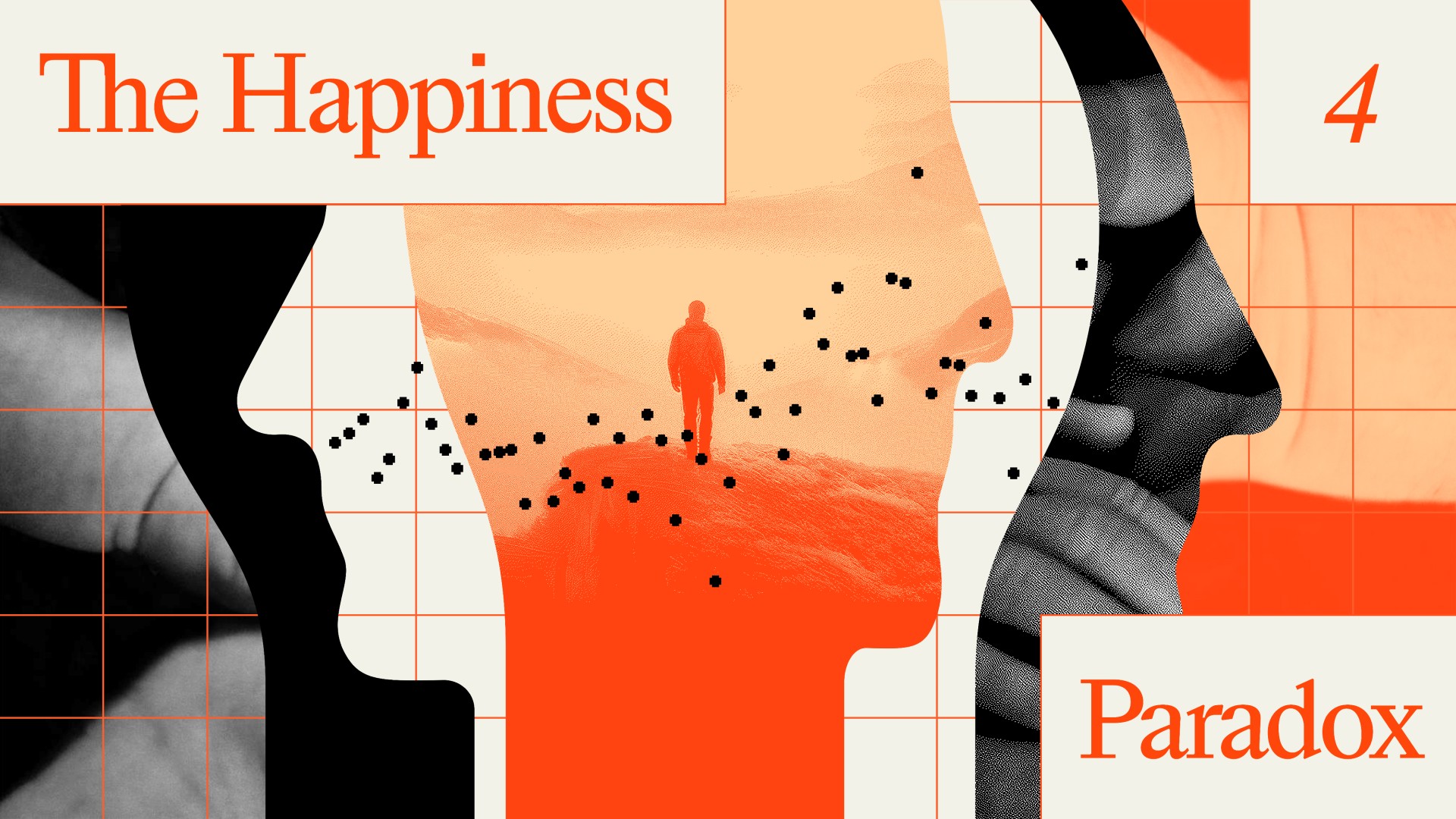Education May Explain Why Rich Nations Prefer Monogamy

On Thursday we started talking about the economics of monogamy and polygyny and I told you one theory that might explain the puzzle as to why, over time, in rich countries monogamy has prevailed over polygyny despite high levels of inequality in those countries. George Bernard Shaw in his 1903 “Maxims for Revolutionists” probably summarized that argument best when he wrote:
Any marriage system which condemns a majority of the population to celibacy will be violently wrecked on the pretext that is outrages morality. Polygamy, when tried under modern democratic conditions, by the Mormons, is wrecked by the revolt of the mass inferior men who are condemned to celibacy by it; for the maternal instinct leads a woman to prefer a tenth share in a first rate man to the exclusive possession of a third rate one. (Shaw 1957:254)
Economists are curious people. When faced with a puzzle we don’t stop until we have a consensus on the solution and, well, when it comes to consensus that just doesn’t happen very often. So, you have to know there are other theories that try to explain the mystery of monogamy, and I am certain there are more to come. I like this one I am going to tell you today though, not just because it holds water, but because it gives me a chance to talk about how the economies of rich nations have evolved since the Industrial Revolution, which happens to be my second favourite topic of conversation.
In the nineteenth century, hundreds of anthropologists ventured out to study pre-industrial societies around the globe. That information has been collected into one remarkable record, Murdock’s Ethnographic Atlas, and according to that evidence in the majority of those societies, 850 of the 1170, polygyny was the dominant form of marriages institution. Still today, in western, central, and eastern Africa the share of women living live in polygynous households ranges from 25 to 55 percent.
So the question really is, why is polygyny not found in modern industrialized societies and is so strongly associated with pre-industrial economies?
Industrialization has changed the way that household income is determined, shifting the most important factor away from land towards human capital (a.k.a. education or skill level). This change in income determination has changed the way households invest in children; industrialization has shifted household preference away from many children, with little or no education, towards fewer children but with education. This is one of the reasons why the fertility rate in the US has been falling since 1800, the onset of industrialization.
The solution to the puzzle as to why wealthy nations have adopted monogamy may lie in this difference between industrial and pre-industrial nations. In industrial nations, richer men typically have a higher income because they have high levels of human capital. When it comes to preference for children, those men prefer to have more skilled children because they know that in the future it will be the skill level of those children that will determine their income. One way to have more skilled children is to have a wife who is also more skilled. This increases the demand for “high quality wives (in terms of skill) making those women a scarce resource in the marriage market. When the price of a high-quality wife, the type who will help you have high-quality children, is high then polygyny becomes less affordable for high-income men. Monogamy emerges because of the increasing value of high-quality women in the marriage market.
Very romantic, I know.
There are some interesting implications that stem from this model. The first is that this story can explain why the bargaining power of women within the households is higher in societies in which the return to human capital is higher. It also explains why when there are higher returns to human capital we see more matching between a husband and wives’ education levels in marriage. This is also consistent with the evidence that finds that in the poorer countries men with higher education levels tend to marry fewer wives and have fewer children, both of which tend to be more educated.
Most importantly though, what the model suggests is that if we think that the prevalence of polygyny is something that should be reduced, perhaps because it will improve the lives of children, then the policy tool is to increase education and, particularly, the education of women. A policy change, towards more education, should increase the bargaining power of women within their marriages and reduce the number of wives and children in each household.
Gould, Eric, Omer Moav and Avi Simhon (2008). “The Mystery of Monogamy.” American Economic Review Vol. 98(1).





